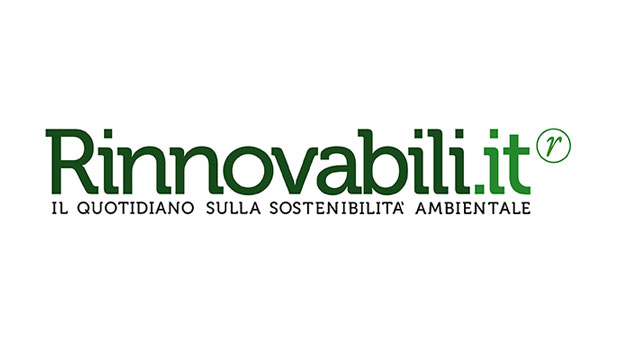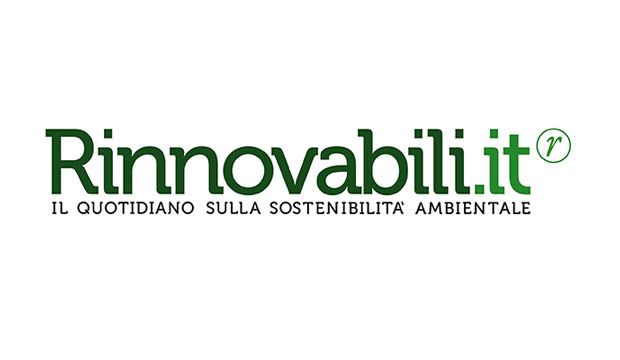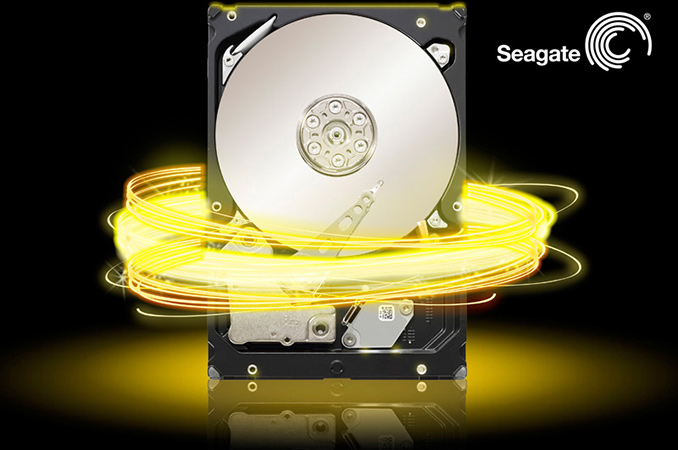
(Rinnovabili.it) – Il parere dell’Agenzia europea per la sicurezza alimentare (EFSA) in base al quale il glifosato oggi è ancora legale, è fondato su una relazione scritta dalla Monsanto. La rivelazione sconvolgente è frutto di una indagine condotta da EU Observer e One World, che hanno seguito le tracce dei documenti chiave sui quali è stata costruita la procedura di riautorizzazione dell’erbicida prodotto dalla multinazionale più odiata del mondo.
Le prove dello scandalo sono state recuperate in diversi continenti: da un tribunale statunitense vengono centinaia di e-mail interne della Monsanto, che mostrano il coinvolgimento della multinazionale in almeno due relazioni accademiche sul glifosato nel 2013, su cui esperti in conflitto di interessi hanno poi messo soltanto la firma. Entrambi gli studi sono stati poi utilizzati, insieme ad altri, come base probatoria dall’EFSA, per dare all’erbicida la classificazione di sostanza “probabilmente non cancerogena”.
Era il 2015, e la IARC, Agenzia per la ricerca sul cancro dell’Organizzazione mondiale della sanità, aveva da poco dato un parere di segno opposto. Secondo l’EFSA, però, il glifosato non è genotossico, il che significa che non causa danni al DNA nelle cellule viventi e quindi non ha effetti cancerogeni.
>> Leggi anche: I conflitti di interessi intorno al glifosato <<
Oggi sappiamo che dietro questa opinione c’era la stessa azienda che commercia la sostanza. Ma i giornalisti delle due testate autrici dello scoop sono andati ancora più a fondo. Hanno fatto emergere la dubbia terzietà del BfR, l’istituto tedesco per la valutazione del rischio che scrive i documenti sulla pericolosità dei pesticidi utilizzati dall’EFSA per le relazioni che accompagnano l’autorizzazione di una sostanza nell’Unione Europea.
 È questo il vero nodo del processo: l’istituto tedesco è stato scelto direttamente dall’industria – lo consente una legge europea – e durante la fase di analisi della letteratura scientifica sul contestato erbicida ha dialogato con la Glyphosate Task Force (GTF), una associazione di imprese dell’agroindustria e della chimica capeggiata dalla stessa Monsanto. In particolare, il testo del documento che ha permesso all’EFSA di dare luce verde al glifosato, è scritto dalla GTF, con una conclusione a cura del BfR.
È questo il vero nodo del processo: l’istituto tedesco è stato scelto direttamente dall’industria – lo consente una legge europea – e durante la fase di analisi della letteratura scientifica sul contestato erbicida ha dialogato con la Glyphosate Task Force (GTF), una associazione di imprese dell’agroindustria e della chimica capeggiata dalla stessa Monsanto. In particolare, il testo del documento che ha permesso all’EFSA di dare luce verde al glifosato, è scritto dalla GTF, con una conclusione a cura del BfR.
Durante la redazione del documento chiave, sono spariti dalla letteratura tre studi epidemiologici che mostrano un incremento del linfoma non-Hodgkin negli agricoltori, considerati invece come prove chiave dall’Organizzazione mondiale della sanità. Licenziati dall’industria come «non affidabili» e «non significativi», sono stati insabbiati con il beneplacito dell’Istituto tedesco per la valutazione del rischio.
Nel frattempo, Monsanto si trova ad affrontare circa 225 cause legali presso il tribunale di San Francisco. I querelanti sono in gran parte agricoltori convinti che il loro linfoma non-Hodgkin non sia uno scherzo del fato.
>> Leggi anche: Un milione di firme per bandire il glifosato dall’Europa <<
Nonostante il BfR non abbia pubblicato i nomi dei ricercatori che hanno avallato la relazione della Glyphosate Task Force, almeno un nome è venuto fuori: a dirigere il dipartimento sulla sicurezza dei pesticidi dell’istituto è il dottor Roland Solecki, già coinvolto nella prima autorizzazione del glifosato 15 anni fa.
La sua firma, secondo le indagini della ONG tedesca BUND, compare in calce ad un articolo scientifico del 2006, che invocava una maggior flessibilità nell’autorizzazione europea di erbicidi e pesticidi. Lo studio è stato pagato dall’ILSI, un istituto finanziato dalle più grandi imprese agroalimentari del mondo, tra le quali Monsanto.
Autore: redattore Rinnovabili

